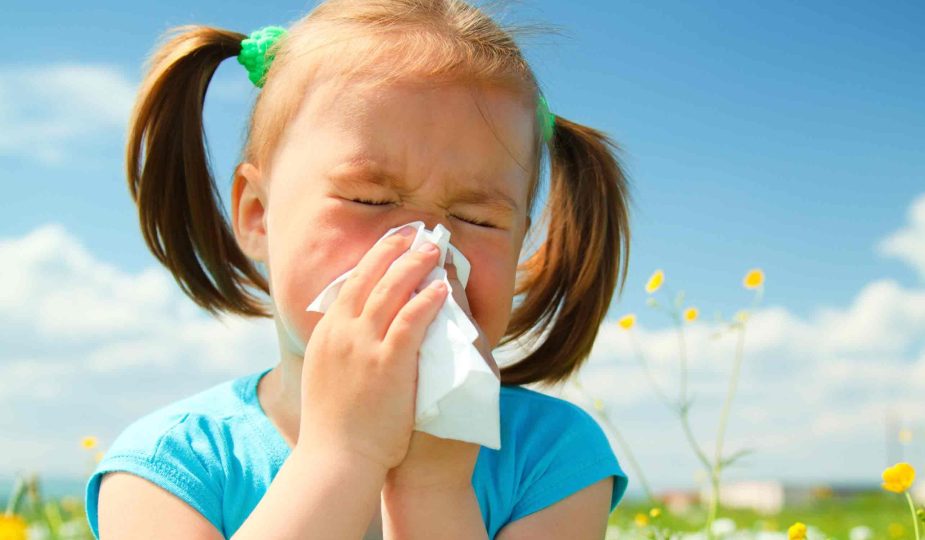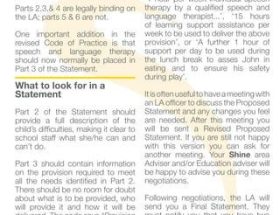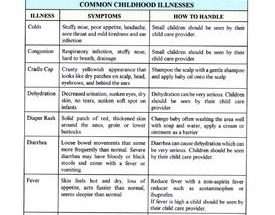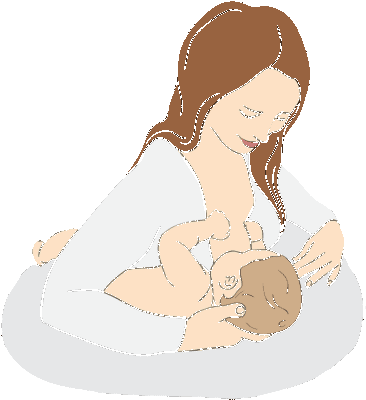Childhood allergies have become increasingly prevalent in recent years. An allergy occurs when a child's immune system overreacts to a harmless substance, such as pollen or certain foods. These overreactions can cause a range of symptoms, from mild discomfort to potentially life-threatening reactions. This article will explore the common types of allergies in children, their causes, symptoms, and treatment options.
Common Types of Allergies
There are several common types of allergies that affect children:
1. Food Allergies
Food allergies are one of the most prevalent types of allergies in children. Common allergenic foods include peanuts, dairy products, shellfish, eggs, and wheat. When a child with a food allergy consumes these trigger foods, their immune system responds by releasing chemicals that cause symptoms like hives, wheezing, vomiting, or even anaphylaxis.
2. Seasonal Allergies
Seasonal allergies, also known as hay fever or allergic rhinitis, are common in children. These allergies are usually triggered by airborne substances such as pollen, grass, or mold spores. Symptoms may include sneezing, a runny or stuffy nose, itchy eyes, and throat irritation.
3. Environmental Allergies
Environmental allergies can be caused by various substances like dust mites, pet dander, or certain chemicals. These allergies often lead to symptoms such as nasal congestion, coughing, wheezing, or skin rashes.
Causes
The causes of allergies in children are multifactorial:
1. Genetic Factors
Children with a family history of allergies are more likely to develop allergies themselves. Genetics play a significant role in determining a child's susceptibility to allergies.
2. Environmental Factors
Exposure to certain allergens in early childhood may increase the risk of developing allergies. Additionally, environmental pollution and increased exposure to chemicals may contribute to the development of allergies in children.
Symptoms
The symptoms of allergies in children can vary depending on the type and severity of the allergy:
1. Mild Symptoms
Mild allergic reactions may include sneezing, itching, or a mild rash. These symptoms are usually manageable and do not pose a significant threat to a child's health.
2. Moderate Symptoms
Moderate allergic reactions may involve more pronounced symptoms such as persistent coughing, wheezing, or difficulty breathing. These symptoms require medical attention to prevent further complications.
3. Severe Symptoms
Severe allergic reactions, also known as anaphylaxis, are rare but can be life-threatening. Symptoms may include difficulty breathing, rapid heartbeat, swelling of the face or throat, and dizziness. Immediate medical intervention is necessary in these cases.
Treatment Options
Managing allergies in children often involves a combination of preventive measures and medical treatment:
1. Allergen Avoidance
The most effective way to prevent allergic reactions is to avoid exposure to the allergen. This may involve dietary restrictions, keeping the home environment allergen-free, or minimizing outdoor exposure during peak allergen seasons.
2. Medications
Over-the-counter antihistamines can help alleviate mild allergy symptoms. In more severe cases, doctors may prescribe corticosteroids or epinephrine auto-injectors to manage allergic reactions.
3. Immunotherapy
Immunotherapy, such as allergy shots or sublingual tablets, can be considered for children with severe allergies. These treatments aim to reduce the body's sensitivity to allergens over time, providing long-term relief.
Conclusion
Allergies in children are a common and growing concern. Understanding the types, causes, symptoms, and available treatment options is essential for parents and caregivers. By taking appropriate preventive measures and seeking medical attention when necessary, children with allergies can lead healthier and happier lives.









